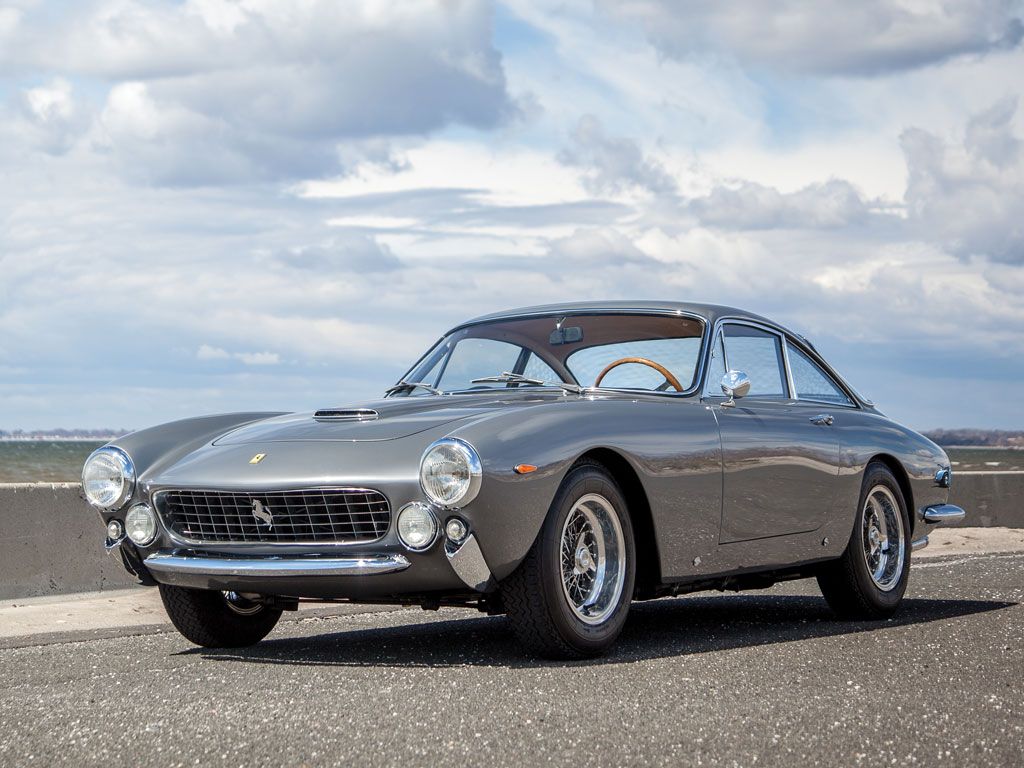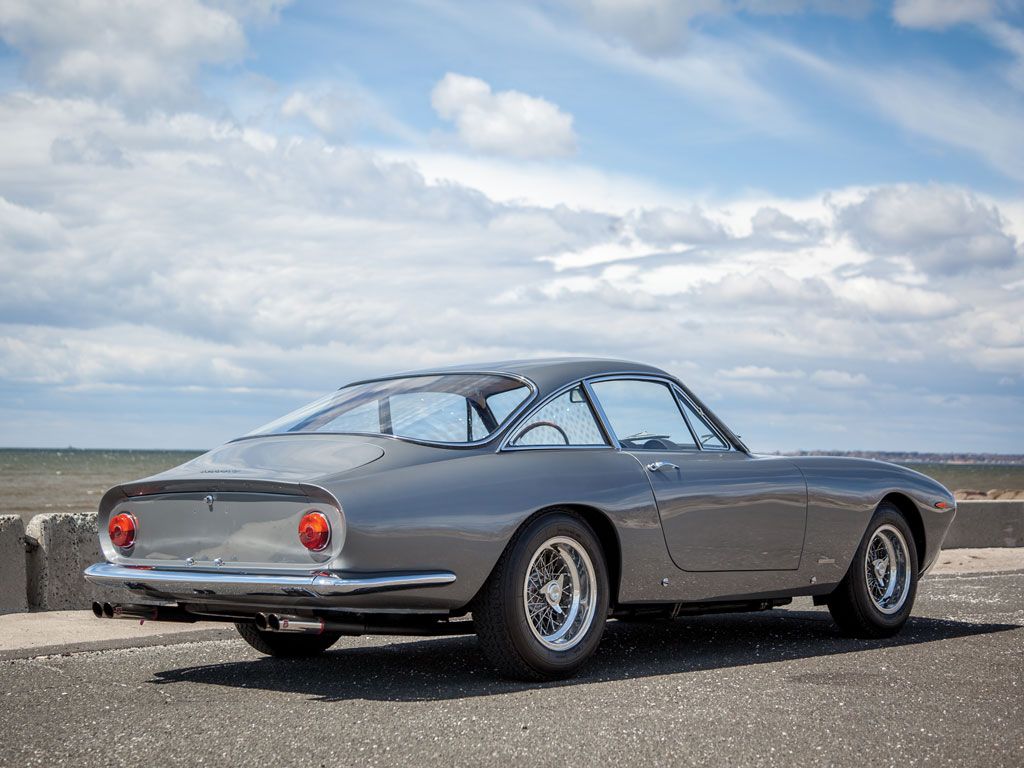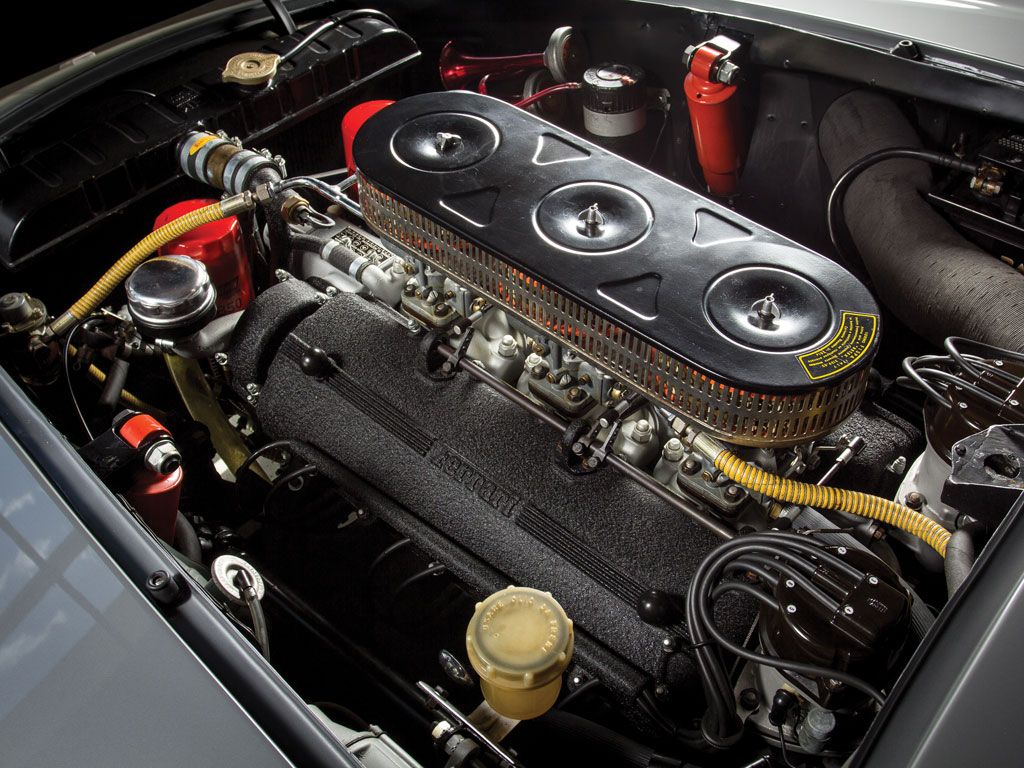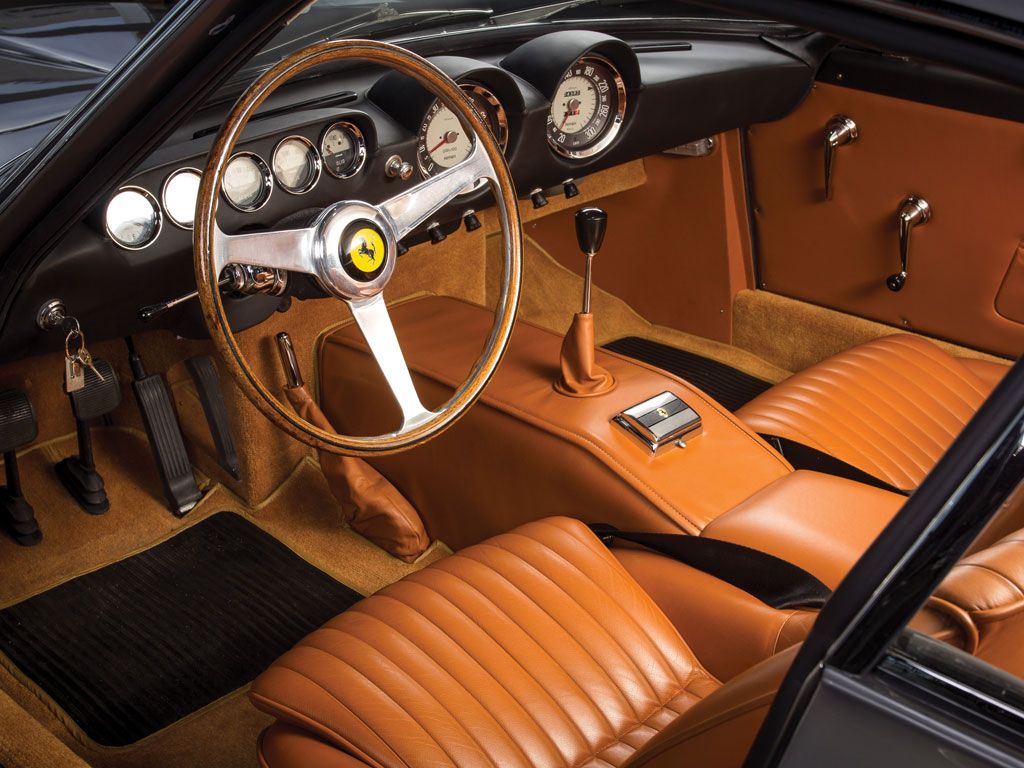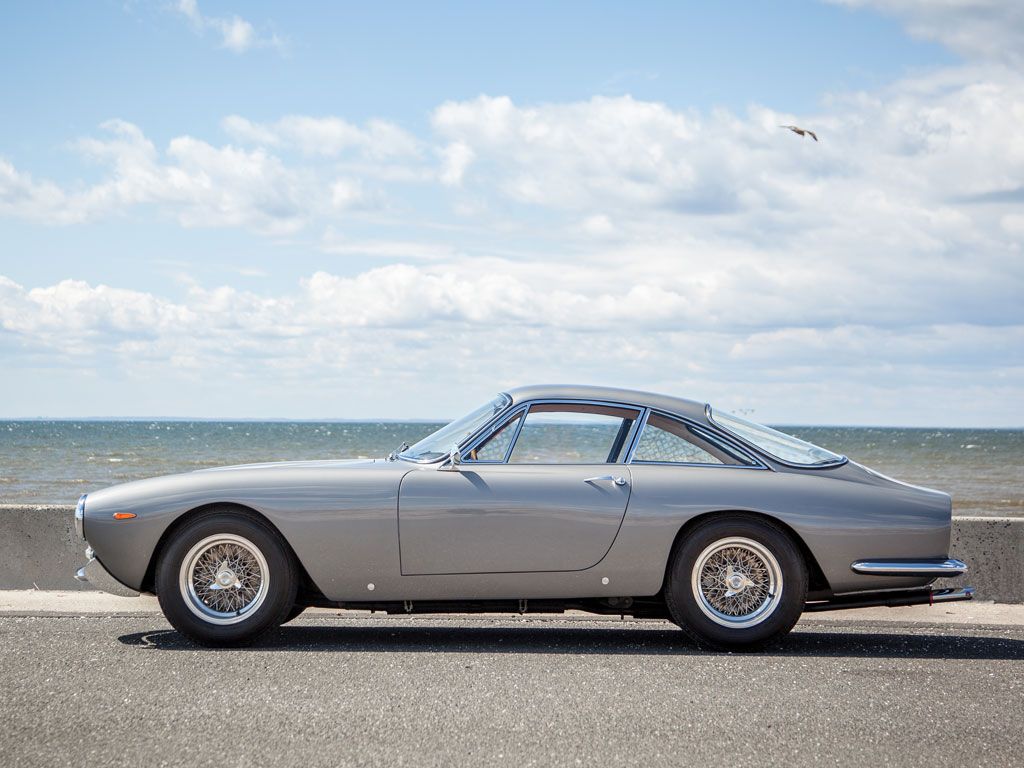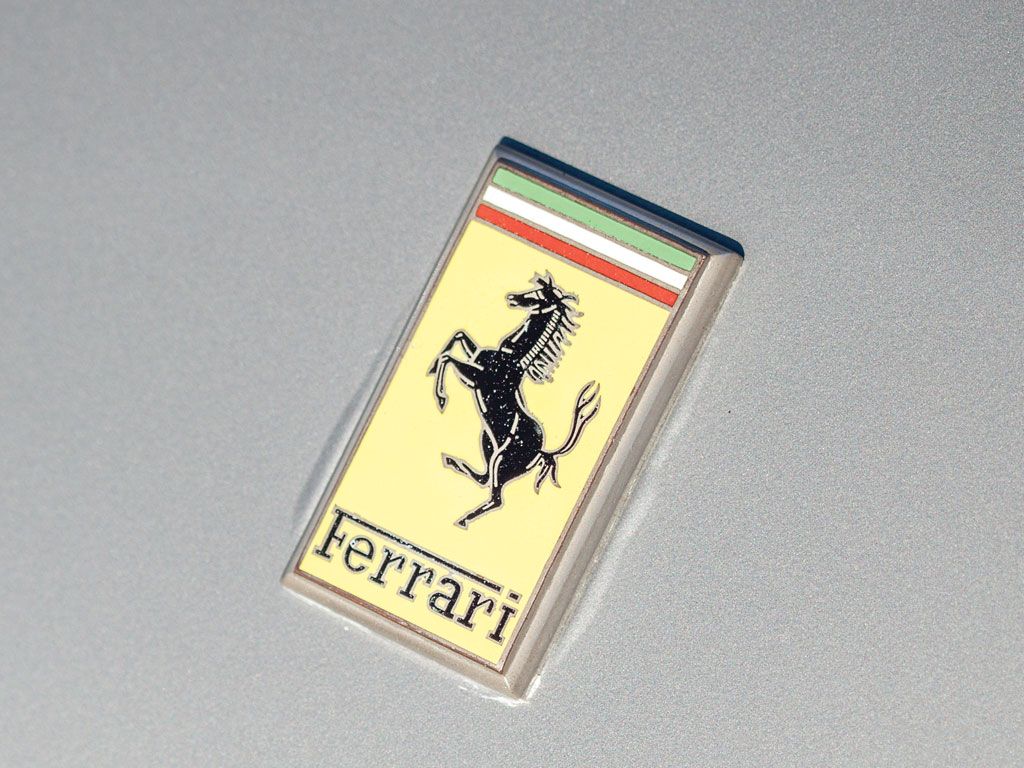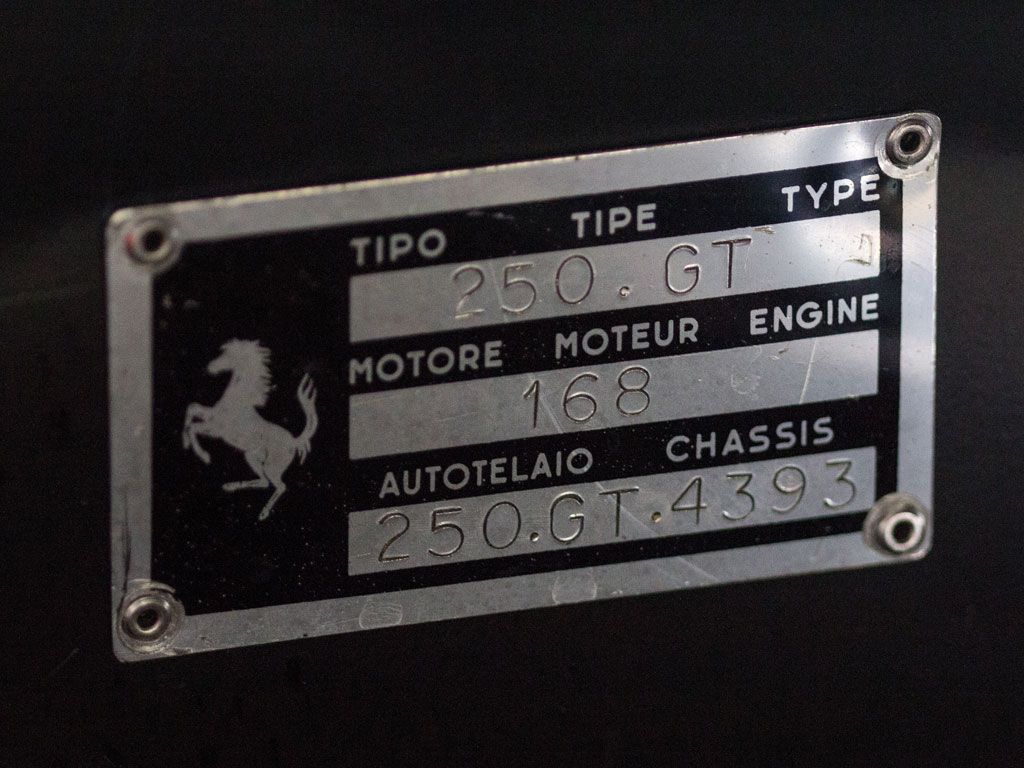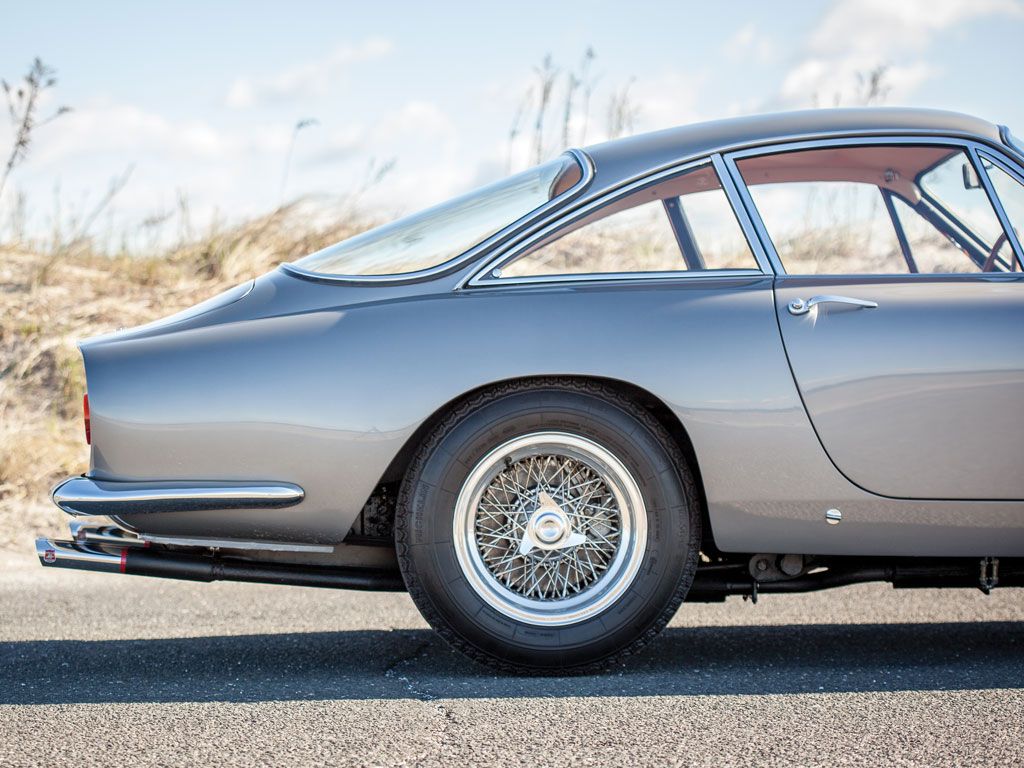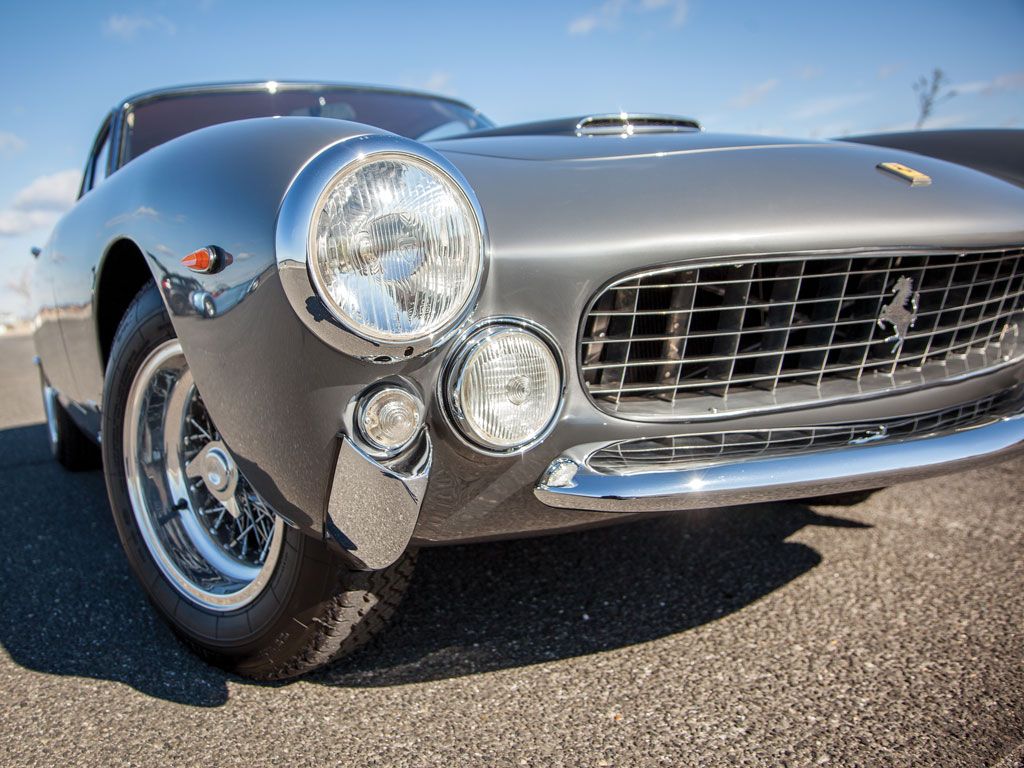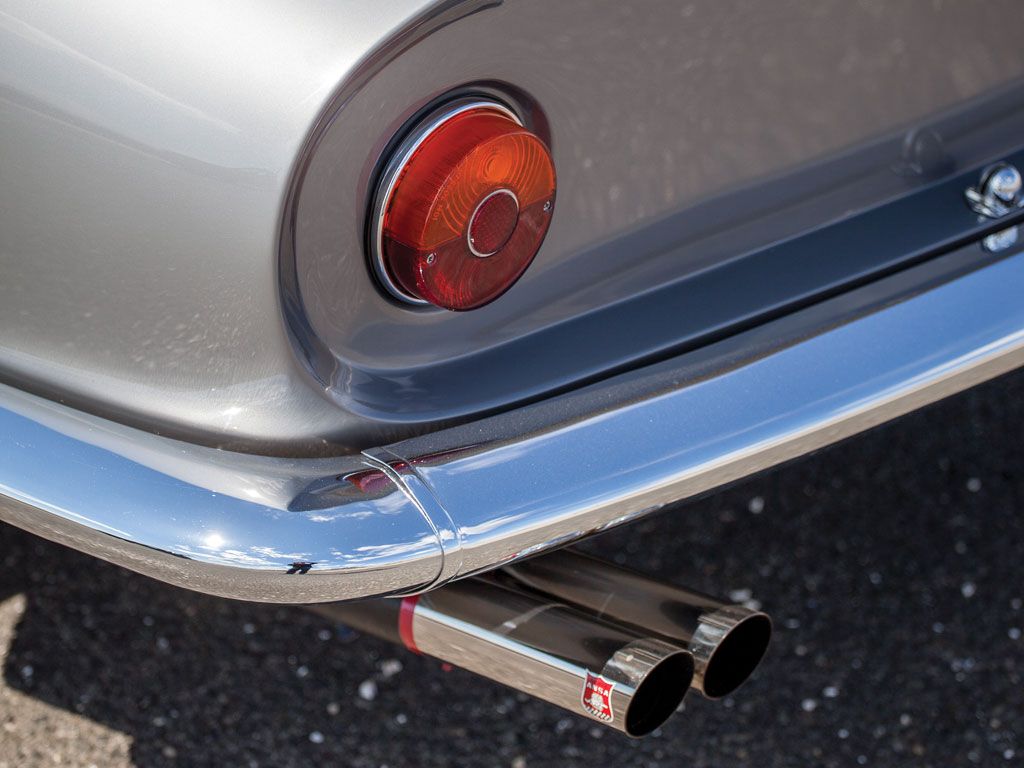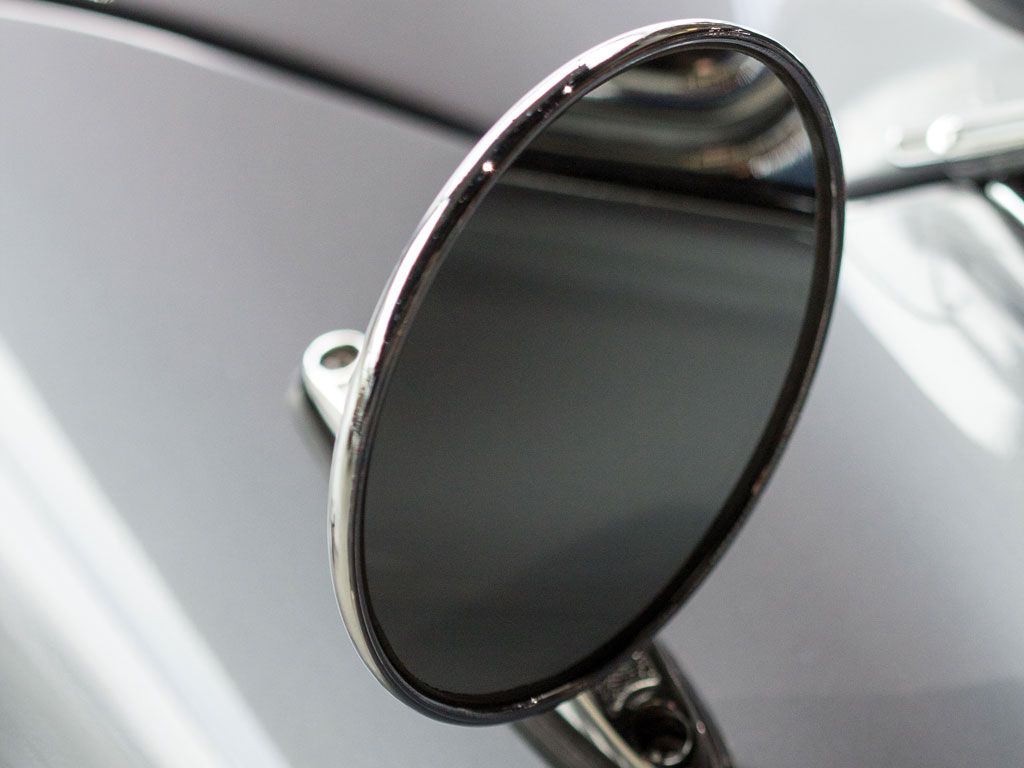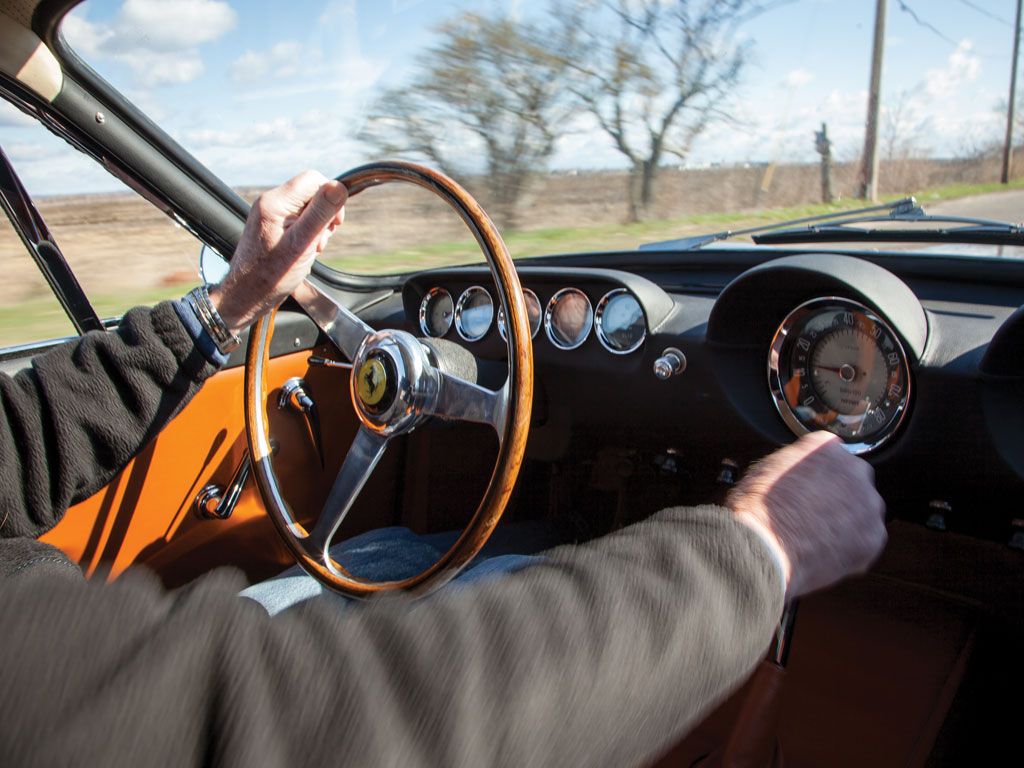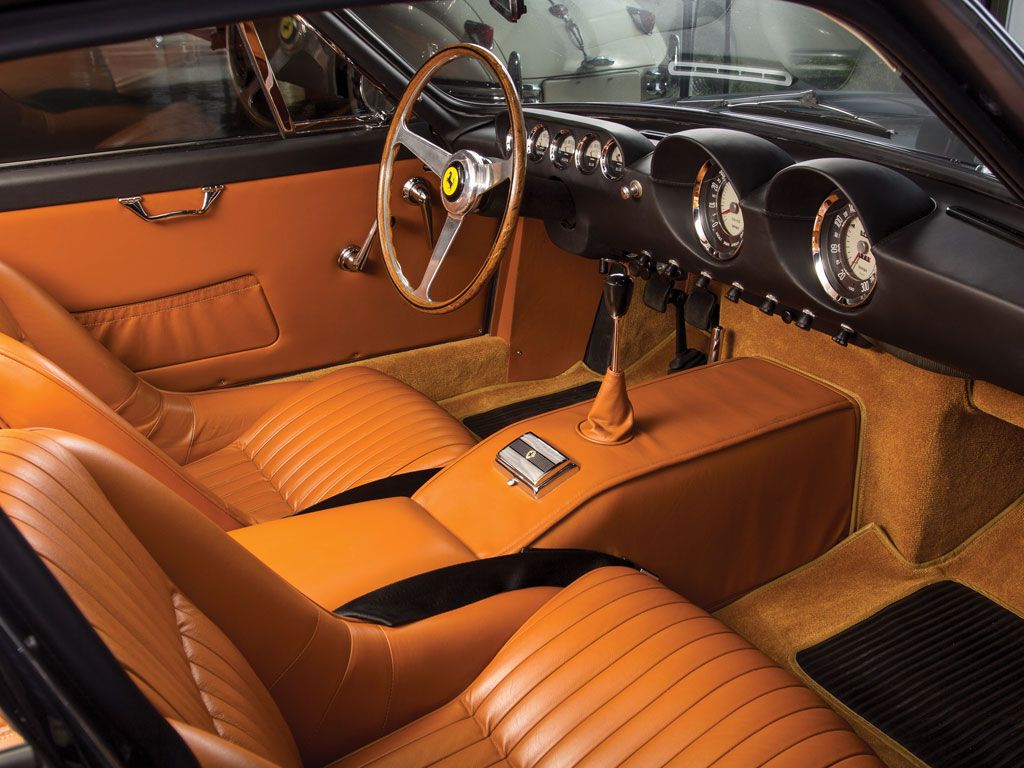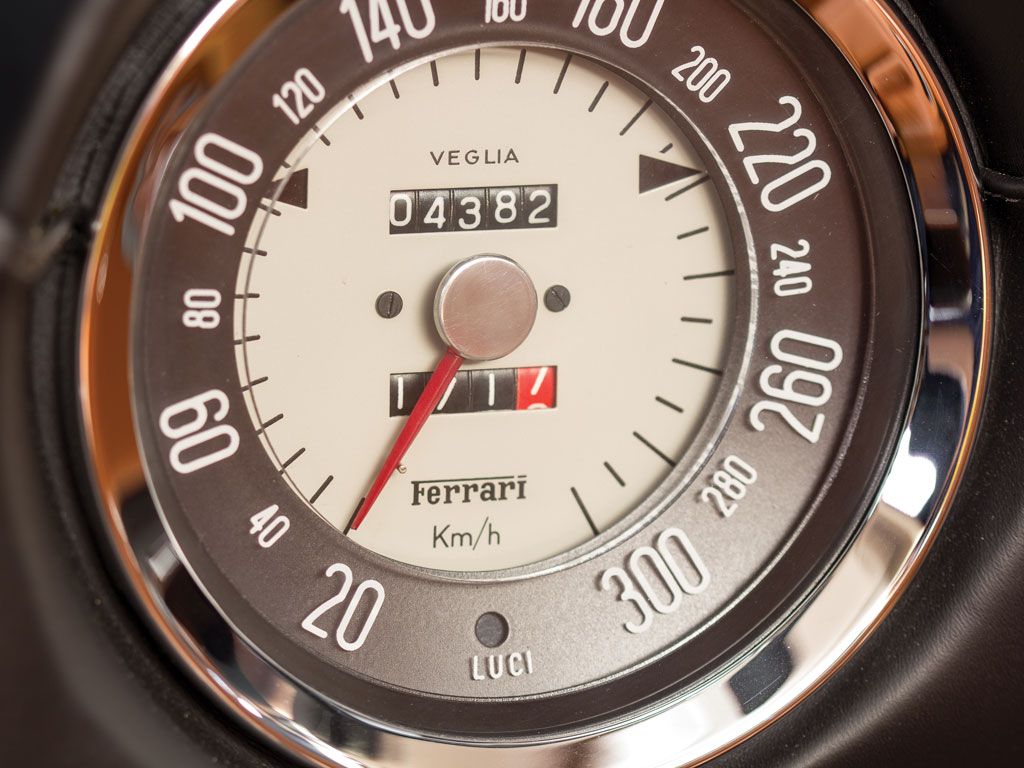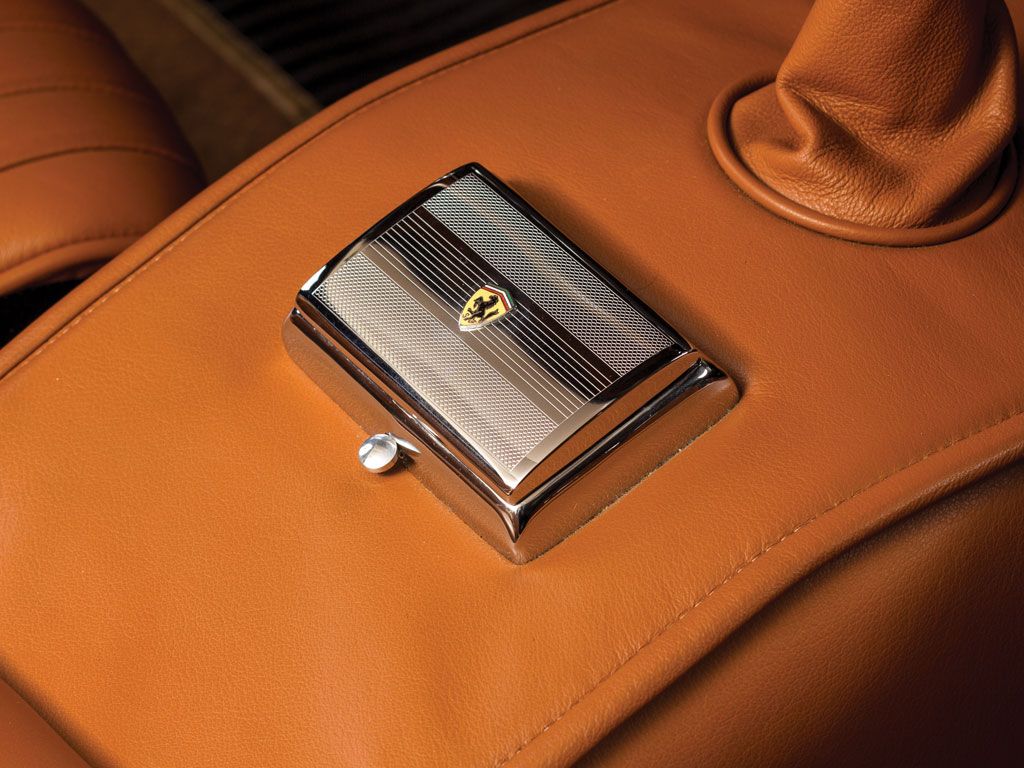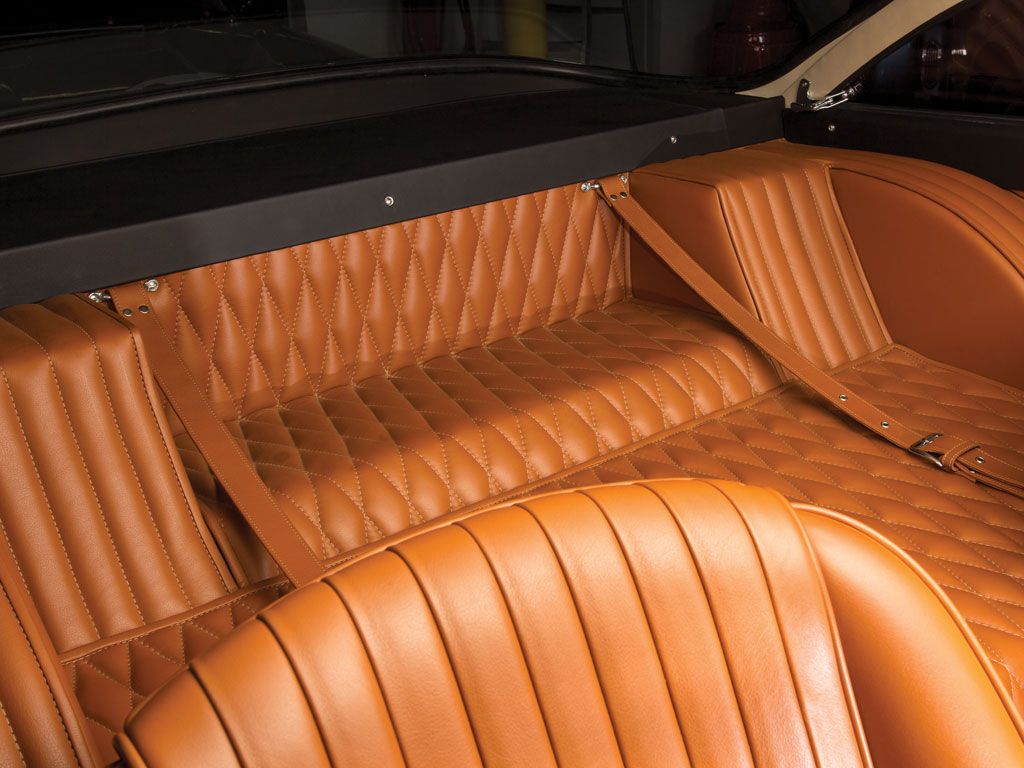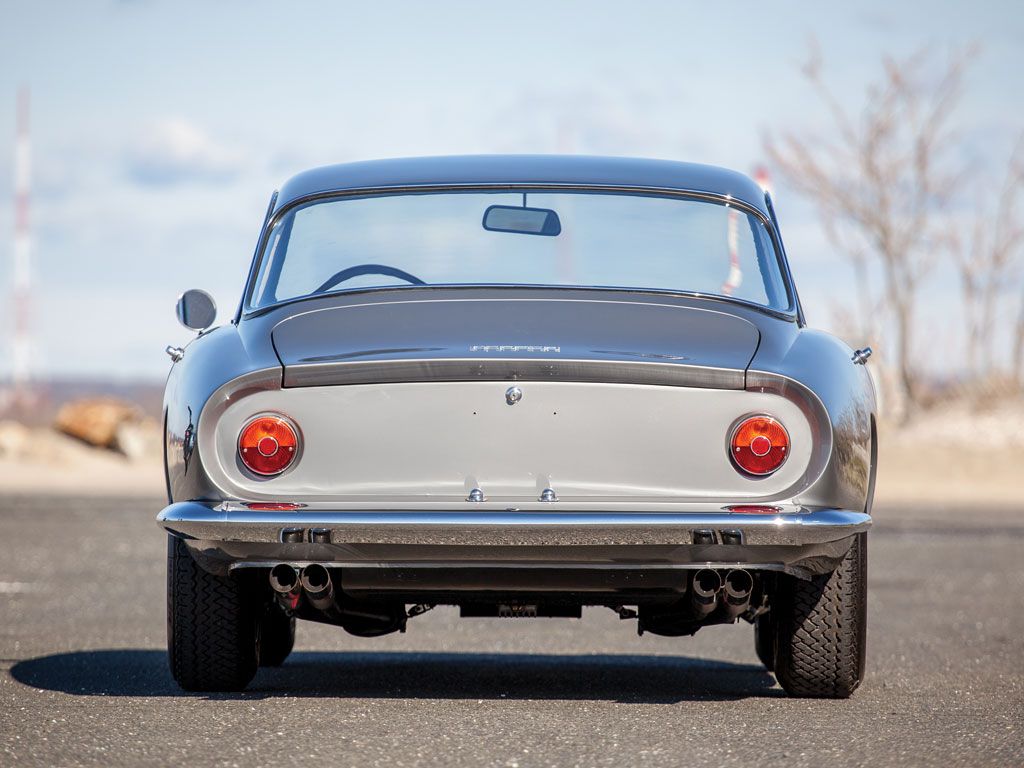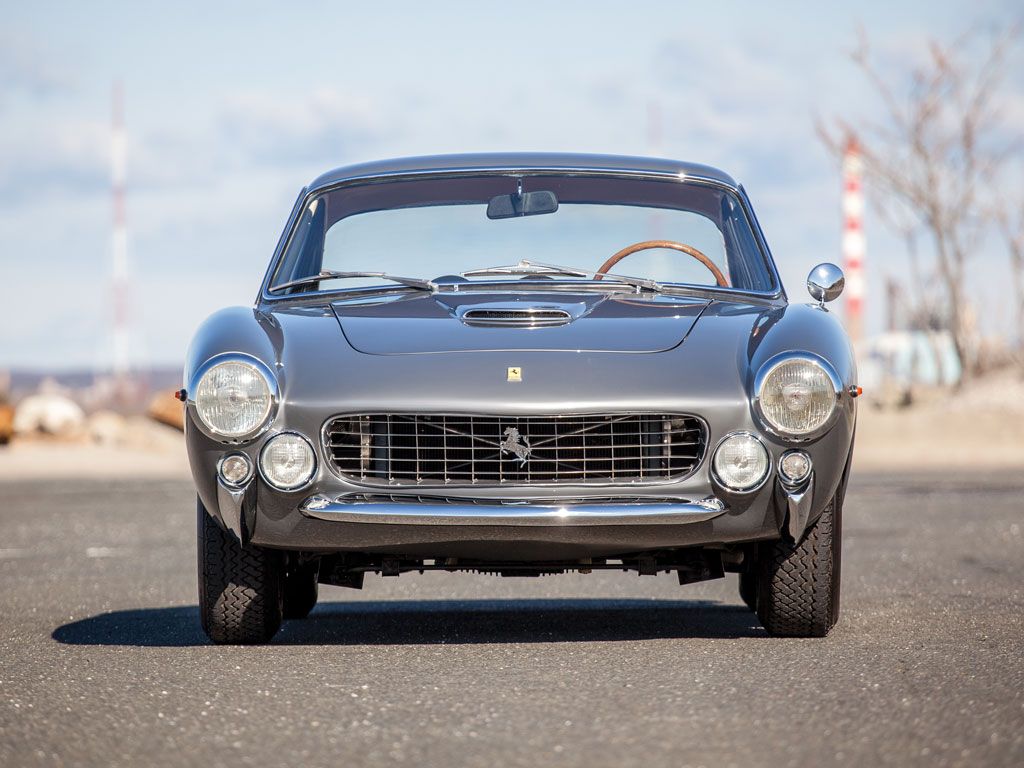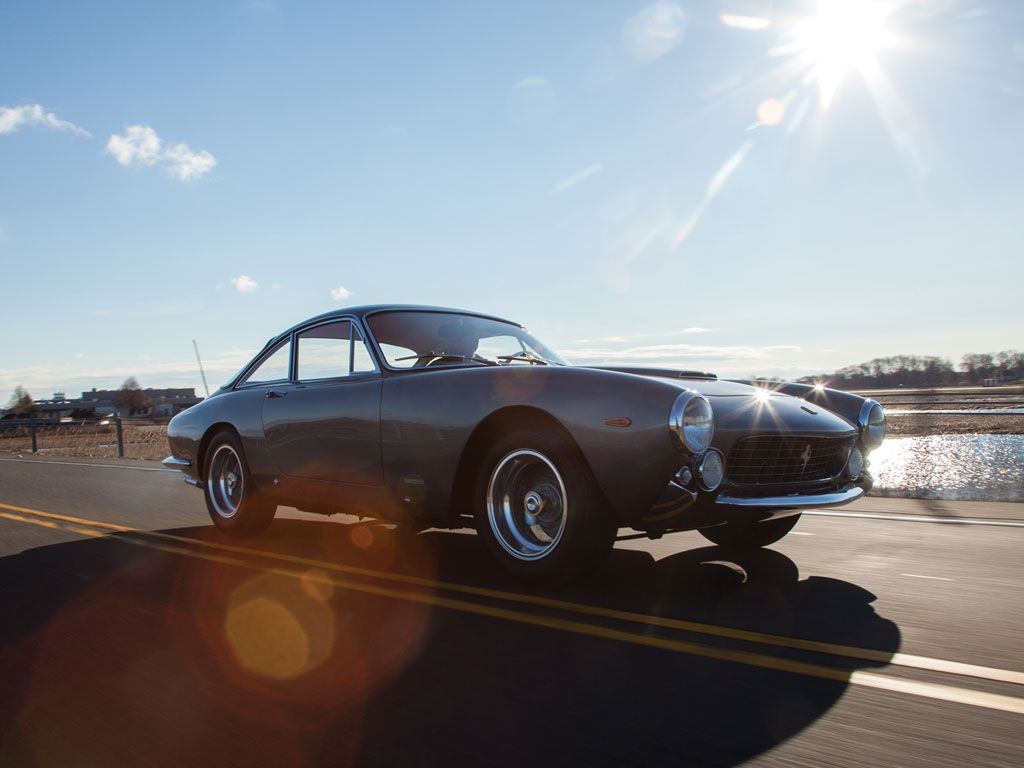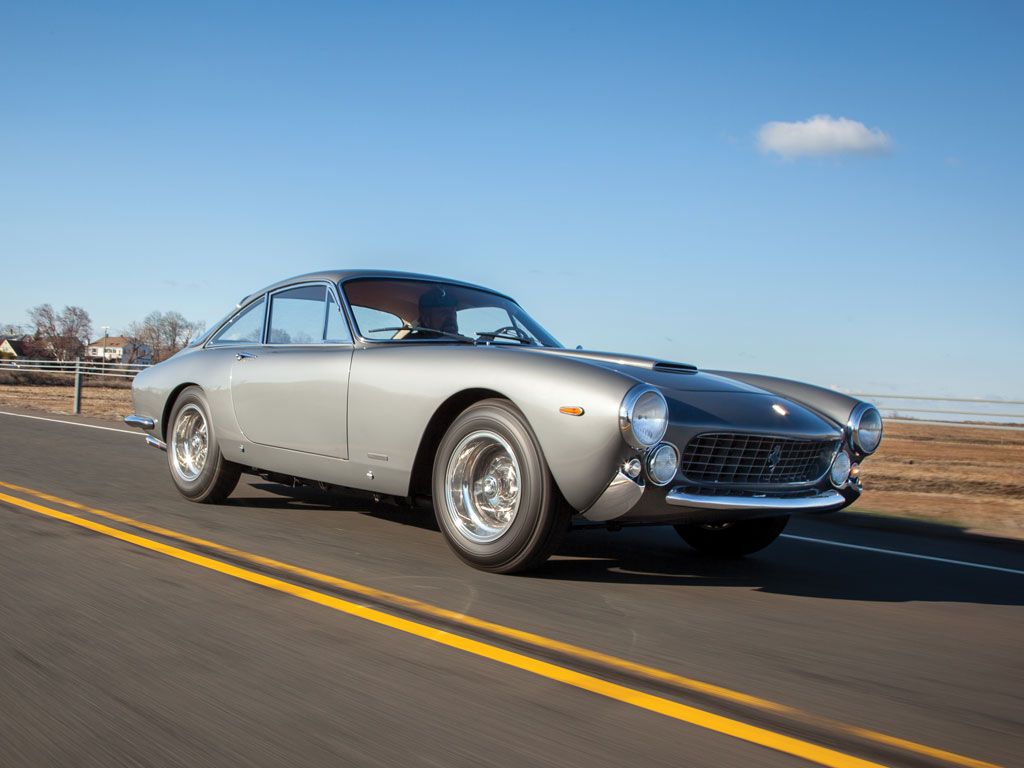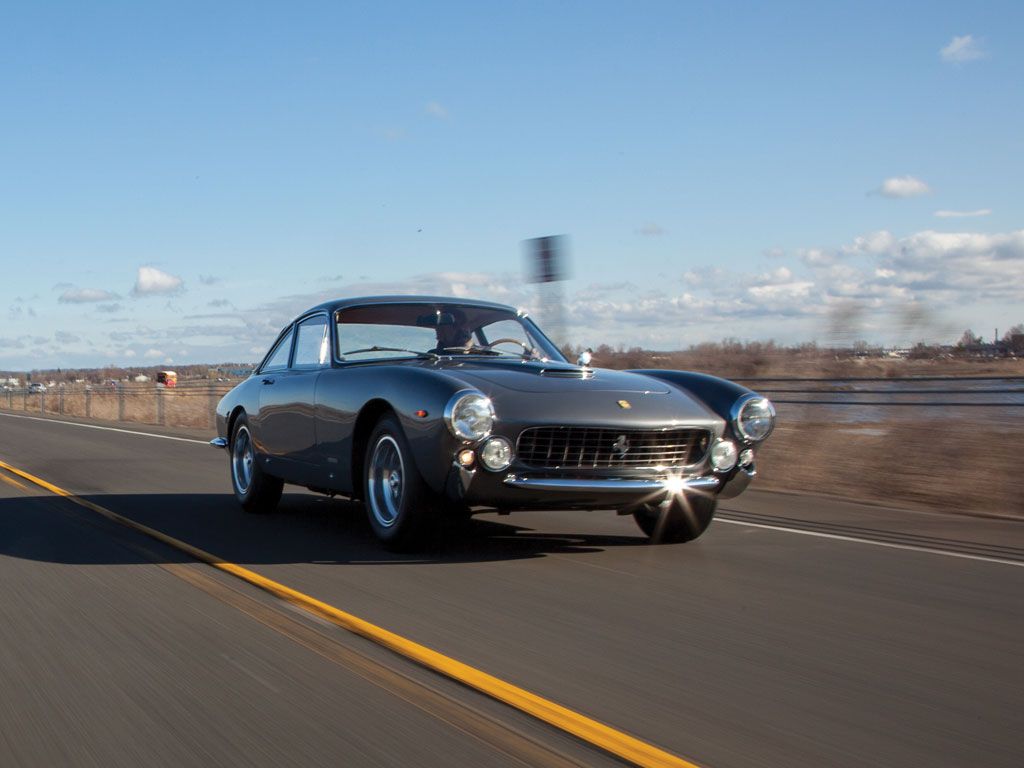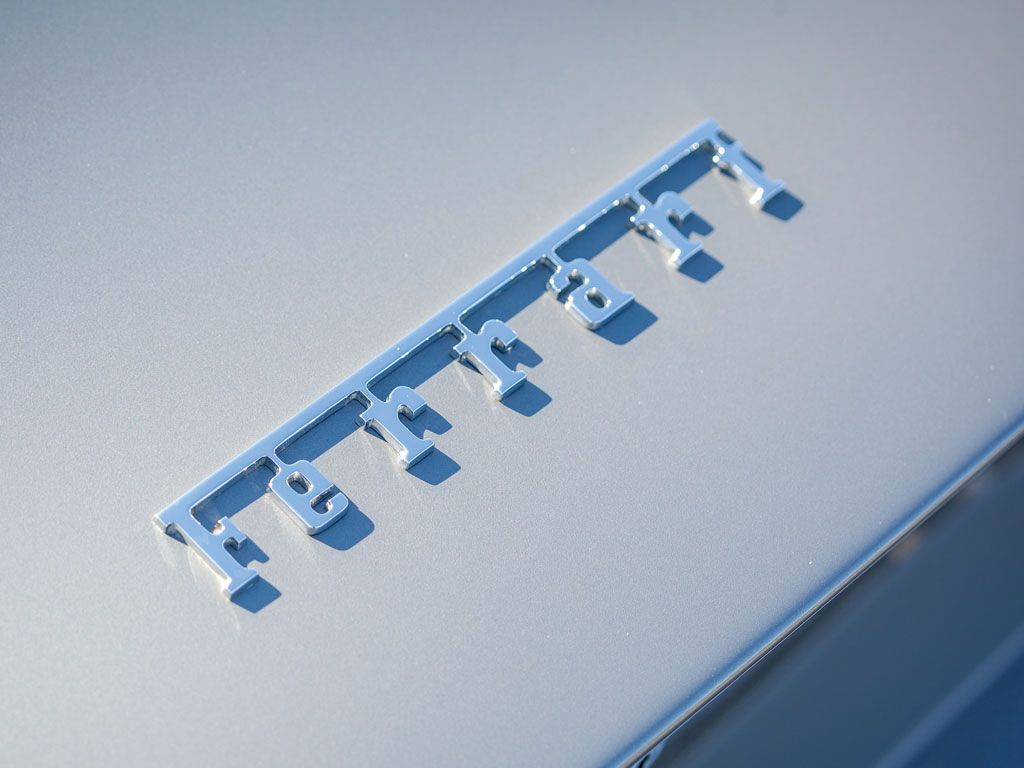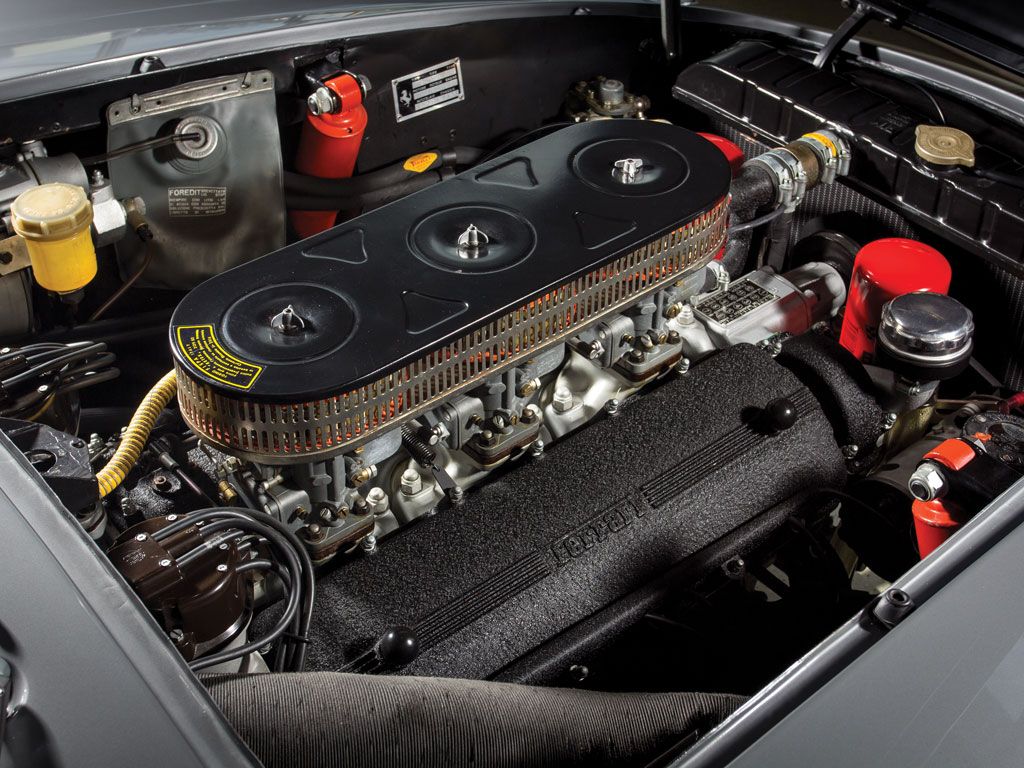It can be difficult to keep all of the different Ferrari 250s->ke1155 straight, as the number was attached to nearly every prancing horse for a period running from the early '50s until well into the '60s. But the 250 GT/L Berlinetta “Lusso” does at least give you hint as to its purpose right in the name, as “lusso” is Italian for “luxury.” While many of the iterations of the 250 were made to skirt the line between road car and track car, the Lusso was an unapologetic luxury road car,->ke505 to an extent that was uncharacteristic (though not entirely unheard of) with Ferrari->ke252 at the time.
RM Auctions has one of the just 350 units of the Lusso built, and it's going up for auction soon. This particular example is the 21st Lusso ever built, which went to a dealer in Belgium in early 1963. Interestingly, the car wasn't actually sold to a private owner until 1967, after it had made a trip across the Atlantic to the U.S. It made its way back to Europe in the '90s, and underwent an extensive restoration from 2009 to 2011, and all numbers are still matching.
Continue reading to learn more about the Ferrari 250 GT/L Berlinetta 'Lusso' By Scaglietti.
1963 Ferrari 250 GT/L Berlinetta 'Lusso' By Scaglietti
- Make: Array
- Model: 1963 Ferrari 250 GT/L Berlinetta 'Lusso' By Scaglietti
- Engine/Motor: V12
- Horsepower: 250
- Transmission: four-speed manual
- [do not use] Vehicle Model: Array
Exterior
There is not a single Ferrari 250 that even comes close to being what you would call ugly, but even in such attractive company, the Lusso body is exceptionally striking. The design, unsurprisingly, comes from Pininfarina,->ke69 while the bodies were actually built by Scaglietti. The chassis uses a tubular design, similar to that of the 250 GTO. The body is mostly made of steel, but the doors, hood and trunk lid are all made from aluminum, and the car is indeed very light. The Lusso also borrowed suspension components from the GTO, despite, again, not being built for the track.
There were actually a fair number of motorsport->ke447 components that went into the Lusso, as Ferrari apparently couldn't help itself. But this is fine, touches like the Kammback rear end of the car look good no matter what the purpose, and it makes for an interesting footnote in Ferrari history. The back end of the car includes a small spoiler, and this marks the very first time that one was incorporated into the bodywork of a Ferrari.
Interior
As good as the Lusso looks from the outside, it is the interior that is the car's raison d'etre. With the engine mounted much further forward than was the norm, all versions of the 250 had unusually spacious interiors, even short-wheelbase versions like the Lusso. The interior isn't quite as spacious as that of the 250 GT/E, which was a 2+2 version of the 250, but without the back seats, the driver and passenger still end up with more space. Not to mention, there is a bigger trunk and a parcel shelf behind the seats. This shelf, as well as pretty much every other surface in the car, is covered in high-quality quilted leather. This particular Lusso has had its interior changed a few times, but the leather has been returned to its original color and style. All of which is Ferrari Classiche certified.
Drivetrain
Ferrari's Colombo V-12 engine is the stuff of legends, and the 250 configuration is the most legendary of all of them. The “250” in the car's name comes from the engine's unitary displacement, a common practice for Ferrari's naming scheme at the time. This means that each cylinder displaces 250 cc. For those of you who didn't feel an overwhelming need to do the math in your heads, that means the engine's total displacement is 3.0 liters. And though all 250 models had related engines that were the same size, there were often differences in the internals, and the Lusso borrowed its pistons from the GT/E, while the valves and crankshaft came from the 250 GT SWB. This was a single-overhead-cam version, with just two valves per cylinder, producing a total of 250 horsepower -- still pretty quick in a car weighing only about 2,500 pounds. It could hit 150 mph at a time when the fastest car in the world (the Iso Grifo) topped out at 161 mph.
Drivetrain Specifications
|
Type |
SOHC V-12 engine with three Weber carburetors |
|
Displacement |
2,953 cc |
|
Output |
250 HP |
|
Transmission |
Four-speed manual |
Prices
With 350 units produced, this is not the rarest of 250s, and it is correspondingly not one of the most valuable. But keep in mind that the most valuable 250s are among the most valuable cars in the world, so we're still talking about insane amounts of money. RM Auctions hasn't listed an official estimate, but for such a recent restoration and to have all the numbers matching, this probably won't go for any less than $2 million, likely topping out around $2.5 million. Even unrestored barn find Lussos generally don't go for much less than $1.8 million.
Competition
Lamborghini 350GT
Lamborghini->ke44 the car company was founded in 1963, one year after the Lusso was shown to the public in prototype form, and the first year that it was actually produced. The 350GT being the first production Lamborghini, it was aimed squarely at the Lusso. The Lambo was slightly more powerful, and the interior was just as luxurious as the Lusso's.
The body is generally quite good looking, although the 350GT's front fascia isn't quite as universally loved as the Ferrari's. A 350GT will still cost you, but at the absolute most, it will probably run you about $1 million, about half that of the Lusso.
Read our full review here.
Iso Grifo
Since we've already established that the Grifo->ke1376 was the fastest car in the world at this time, it only seems right to name it as a competitor. Moreover, the Grifo has an interesting rivalry with the 250, in that the racing version of the Grifo, the Grifo A3/C, and the racing version of the 250, the 250 GTO, were both designed by Giotto Bizzarrini.
But Bizzarrini considered the Grifo to be the better design, although it's entirely possible that this was said out of spite for old man Enzo. Nevertheless, the Grifo was an Italian-bodied exotic->ke177 with an American V-8 to make it go, a surprisingly good combination that De Tomaso->ke27 would later use for inspiration. Several different engines were used, and this means prices vary a lot, but in general you're talking hundreds of thousands rather than million of dollars.
Read our full review here.
Conclusion
The Ferrari 250, in its more motorsport-oriented forms, was once a very serious piece of racing machinery. People bought GTOs because they won races, but the people who buy them today at auctions aren't getting them for full-on, fender-rubbing racing, they get them as investments or as something to take out every once in a great while for some cautious driving. As such, you might as well get a comfortable one. The Lusso is the best of the 250s for just tooling around in, a supremely good example of the glory days of Italian GT cars. Steve McQueen had one, and that should probably tell you everything you need to know about the car's impossible level of cool.

